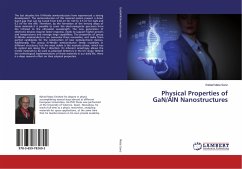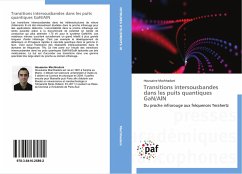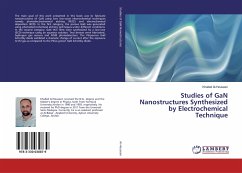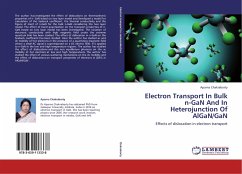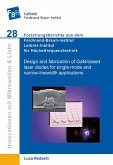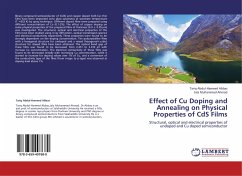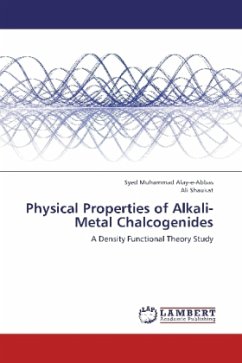The last decades the III-Nitride semiconductors have experienced a strong development. The semiconductors of this material system present a direct band gap that can be tuned from 0.63 eV for InN to 3.5 eV for GaN and 6.3 eV for the AlN. Therefore, by the formation of the ternary alloys of these materials it is possible to cover the electromagnetic spectrum from the infrared to the ultraviolet wavelength. The new generation of electronic devices requires faster response, needs to support higher powers and temperatures and manage large capabilities. The properties of group III-Nitride semiconductors can overcome these necessities, and make them perfect candidates for the construction of new optoelectronic devices. Additionally, The group III-Nitride semiconductor family crystalizes in different structures, but the most stable is the wurtzite phase, which has its optical axis along the c direction. Its inherent anisotropy allows the nitride materials to be used as polarized detectors in the UV range. Behind the technological implementations of these materials in our daily life, there is a deep research effort on their physical properties.
